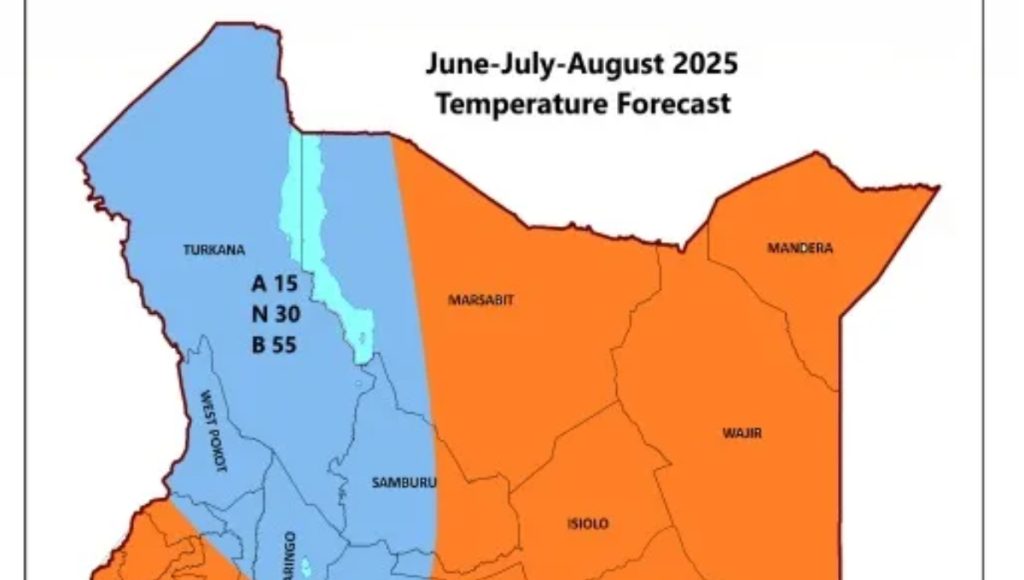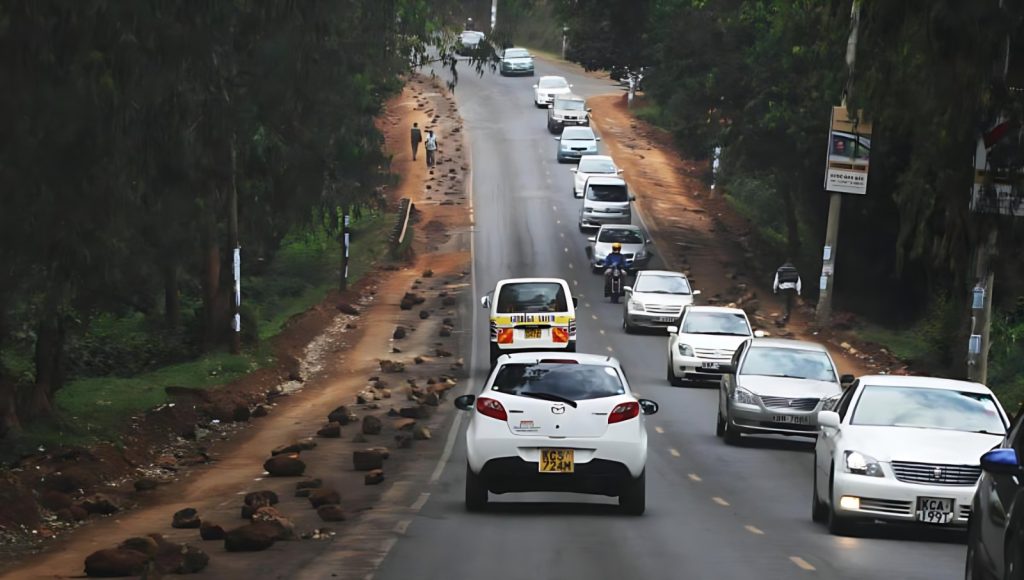Kenyans have been advised to prepare for the cold season, especially in the highlands east of the Rift Valley, the Rift Valley region, and Nairobi County, as the June–July–August weather period begins.
According to the Kenya Meteorological Department, parts of the southeastern lowlands and isolated areas in Marsabit County will also experience cool, cloudy conditions with occasional light rain.
The Director of Meteorological Services, Dr. David Gikungu, has urged the public to dress warmly and adhere to Ministry of Health guidelines, warning that respiratory illnesses such as asthma, pneumonia, flu, and the common cold may increase due to the cold weather, particularly in Nairobi and the surrounding highland areas.
Dr. Gikungu also cautioned against using charcoal jikos in poorly ventilated spaces, noting the risk of carbon monoxide poisoning. In addition, motorists along the Nakuru–Nairobi highway, especially the Kikuyu to Kinungi stretch, have been advised to drive carefully due to expected fog and reduced visibility. The same applies to operations at Wilson and Jomo Kenyatta International Airports, which could be occasionally disrupted by foggy conditions.
Meanwhile, regions around Lake Victoria, the highlands west of the Rift Valley, the northwestern areas, and parts of the coast are likely to receive near to above-average rainfall. The forecast also warns of isolated flooding in low-lying and flood-prone areas, particularly around Lake Victoria. Residents have been urged to avoid crossing flooded rivers or walking through moving water.
The public has also been warned of increased risks of lightning strikes in the highlands west of the Rift Valley and advised to avoid taking shelter under trees or near metallic structures during thunderstorms.
Increased rainfall may also trigger landslides in Elgeyo Marakwet and West Pokot counties, while dry and windy conditions in northeastern Kenya are expected to result in dust storms, possibly leading to a rise in eye infections.
Additionally, the warmer-than-average temperatures in parts of the country, particularly around the coast and western Kenya, could result in a rise in malaria transmission. Health officials have been asked to ensure availability of medical supplies and insecticide-treated mosquito nets to combat the risk.
Kenyans have been called upon to stay alert, heed official forecasts, and take precautionary measures to stay safe throughout the season.









